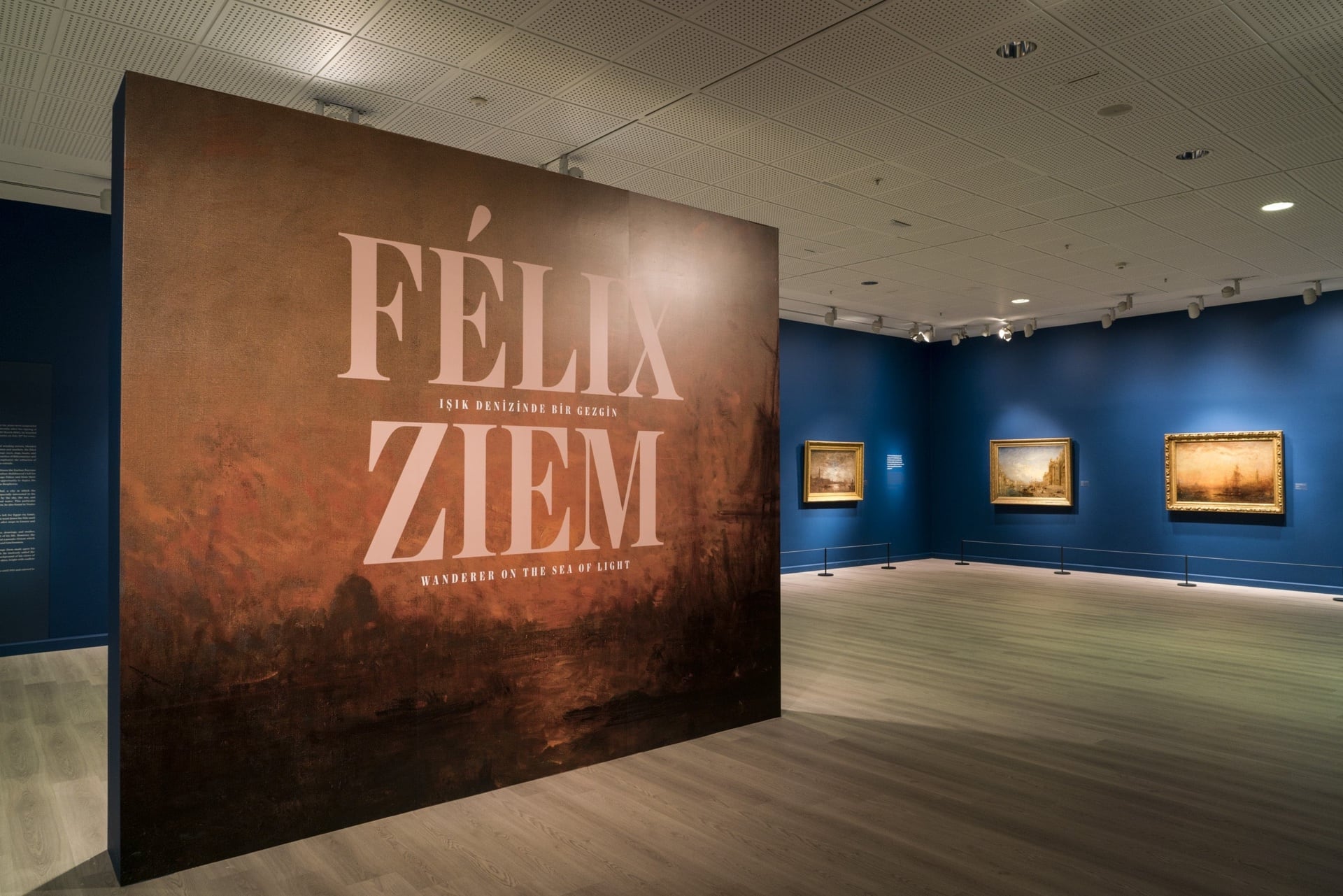Panel
June 9, 2022 / 18:30
Four panelists,
General Director of the Greek Film Center, Ms. Athena Kalkopoulou -Director of Promotion/Hellas Film at the Greek Film Center, Ms. Antigoni Rota - Producer, and Ms. Afroditi Nikolaidou - Assistant professor in Film/TV studies University of Athens, present to the participants a clear picture on today’s state of filmmaking in Greece, the industry’s structure, the national policies undertaken to boost and enable film production, to challenge the market demands etc.
Each one covers a range of subjects, according to her specialty and experience, concerning: additional financial resources, competitiveness, demands of the mainstream film industry and distribution, alternative ways of seeking out new audiences and promote film culture, the role of festivals - film markets - media and marketing strategies and, the importance of media education and film studies, as well as the role of each Cinemateque, in shaping and developing new cinephile audiences.
The panel also aims at discussing today’s big cinema issues and dilemmas it faces by establishing a kind of relationship between panelists and questioners, who also express opinions and believes, and exchange knowledge and ideas to strengthen cross border collaborations by investing in coproduction and the creation of bilateral funds.
The event will take place free of charge as part of the Greek Film Days. Drop in, no reservations. This event will take place in the auditorium.

Pera Museum presents an exhibition of French artist Félix Ziem, one of the most original landscape painters of the 19th century. The exhibition Wanderer on the Sea of Light presents Ziem as an artist who left his mark on 19th century painting and who is mostly known for his paintings of Istanbul and Venice, where the city and the sea are intertwined.
Tuesday - Saturday 10:00 - 19:00
Friday 10:00 - 22:00
Sunday 12:00 - 18:00
The museum is closed on Mondays.
On Wednesdays, the students can
visit the museum free of admission.
Full ticket: 300 TL
Discounted: 150 TL
Groups: 200 TL (minimum 10 people)